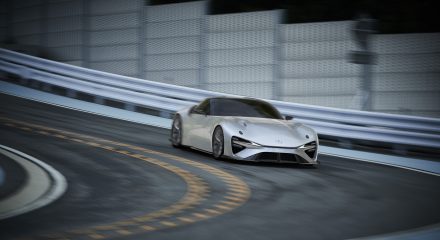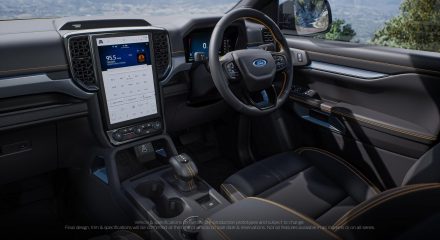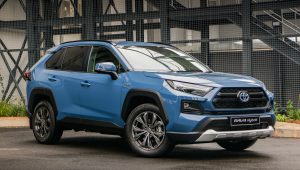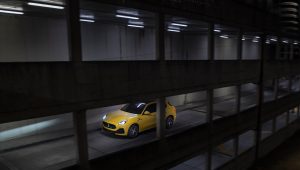Why driverless cars stalled in getting to the public
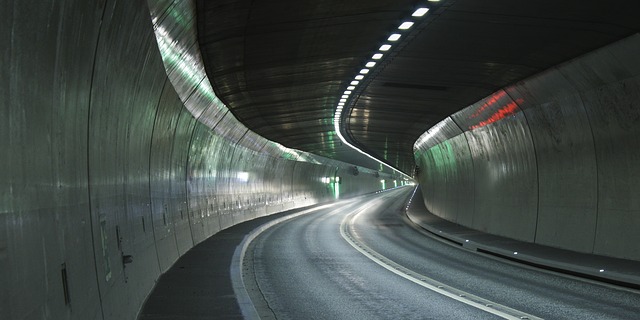
Many predicted that self-driving cars would be found in every major American city by the year 2021. However, no driverless car revolution has started as of January 1, and one of the biggest players in the autonomous driving game – Uber – has decided to sell off this division for $4-billion.
“Few technologies hold as much promise to improve people’s lives with safe, accessible, and environmentally friendly transportation,” said Dara Khosrowshahi, Uber’s chief executive.
Professor Nick Reed, who is a transport consultant who ran Uber’s UK self-driving trials, believes autonomous cars being on most major roads may become a reality within the next five years. “The perspectives have changed since 2015, when it was probably peak hype. Reality is setting in about the challenges and complexity,” he said.
Many, however, have said that while they understand the concept of a driverless car, they do not feel safe knowing that there is not a driver behind the wheel who can act in case something does indeed go wrong.
“Globally, Covid-19 has delayed trials and launches of connected and automated vehicles,” says Mike Hawes, the chief executive of the Society of Motor Manufacturers and Traders. Regulatory changes could still allow developments such as Automated Lane Keeping Systems being rolled out in 2021 across everyday cars.
“ALKS is the first version of automated driving technology which could prevent some 47 000 serious accidents over the next decade, while creating up to 420 000 new jobs,” Hawes said.

